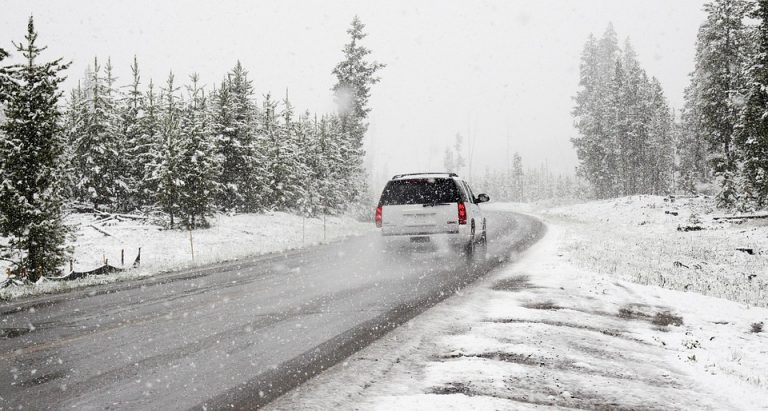If you’d like to understand more, read more detail in this article. Below is a checklist to create a Family First Aid Kit:
1. Storage Container: Choose a durable, waterproof container to store your supplies.
2. First Aid Manual: Include a comprehensive first aid manual or instructions.
3. Adhesive Bandages: Various sizes for covering wounds and cuts.
4. Sterile Gauze Pads: Use for cleaning and covering larger wounds.
5. Adhesive Tape: Secure dressings and bandages in place.
6. Antiseptic Wipes: Clean wounds and prevent infection.
7. Tweezers: For removing splinters and foreign objects.
8. Scissors: To cut tape, clothing, and other materials.
9. Thermometer: Digital or mercury-free thermometer.
10. Disposable Gloves: Protect yourself when providing care.
11. Pain Relievers: Acetaminophen or ibuprofen (age-appropriate).
12. Tweezers: For removing splinters and foreign objects.
13. CPR Face Shield or Mask: For performing CPR safely.
14. Elastic Bandage: To wrap sprains and support injured areas.
15. Instant Cold Packs: Use to reduce swelling and pain.
16. Cotton Balls and Swabs: For cleaning and applying ointments.
17. Antiseptic Ointment: For minor cuts and scrapes.
18. Eye Wash Solution: In case of eye irritation or contamination.
19. Burn Cream or Gel: Treat minor burns and sunburns.
20. Allergy Medications: If family members have known allergies.
21. Prescription Medications: If needed for specific conditions.
22. Emergency Contact Information: Include a list of important phone numbers.
23. Medical History Forms: Keep records of allergies and conditions.
24. First Aid Kit Inventory: Create a list to track expiration dates.
25. Personal Medications: If anyone in the family requires daily medications.
26. Scissors: To cut clothing and bandages when necessary.
27. Safety Pins: For securing bandages and splints.
28. Emergency Blanket: Keep warm in case of exposure.
29. Face Masks: In case of illness or close contact situations.
30. Tweezers: For removing splinters and ticks.
31. Whistle: For attracting attention in emergencies.
32. Flashlight: With extra batteries for emergencies.
33. List of Emergency Contacts: Include phone numbers for family members and doctors.
34. Any Special Medications or Supplies: Tailored to your family’s unique needs.
35. Personal Identification: Copies of IDs, insurance cards, and important documents.
36. Important Medical Records: Copies of medical histories and allergies.
37. Additional Items: Consider items like insect repellent, sunscreen, and any personal hygiene products.
38. First Aid Kit Usage Instructions: Ensure everyone in the family knows how to use the kit.
39. Emergency Plan: Have a family emergency plan in place.
40. Regularly Check and Replenish Supplies: Ensure that items are not expired and replace used supplies.



